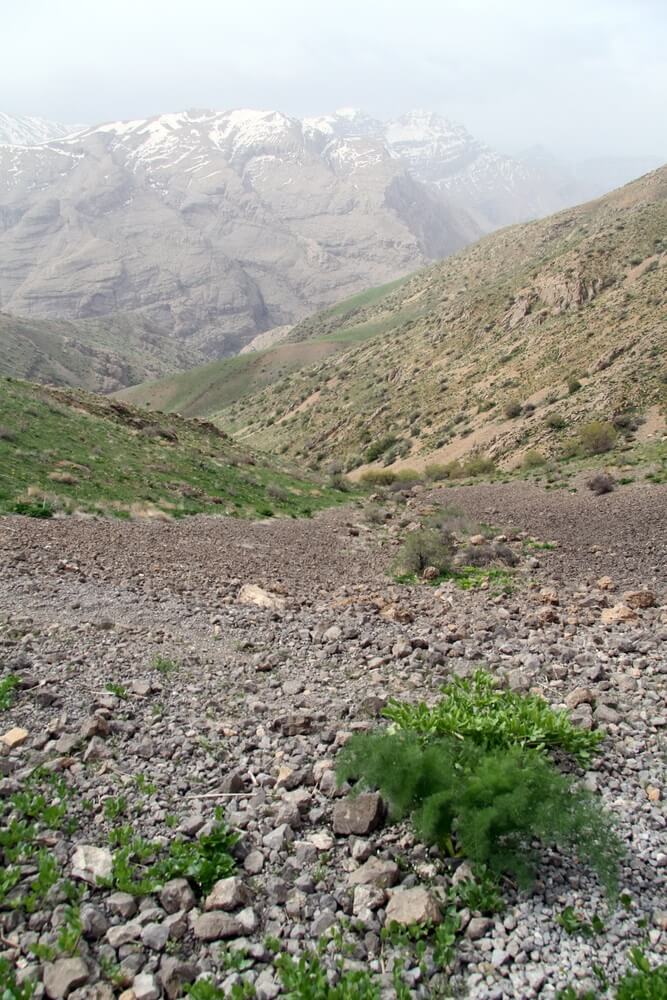This is according to a study about the origin of agriculture in Iran

For decades, archaeologists have searched for the origin of agriculture. Their findings indicate that the domestication of the first plants took place in the western and northern part of the Fertile Crescent. In the July 5th issue of the journal Science, researchers from the University of Tübingen, the Tübingen-Sangenberg Center for Human Evolution and the Iranian Center for Agricultural Archeology reveal that the slopes of the Zagros Mountains in Iran, in the east of the Fertile Crescent, also served as a center of early domestication.
Archaeologists Nicholas Konrad and Mohsin Zaidi from Tübingen led excavations at the Akrami site in Chunga-Golan in 2009 and 2010. They documented an 8-meter-thick profile of Neolithic arachm artifacts dating to 11,700-9,800 years old. The excavations produced a wealth of archaeological remains: stone tools, depictions of humans and animals, bone tools, animal bones and perhaps most importantly - the richest deposit of charred plant remains ever discovered in the period that preceded the production of Neolithic pottery in the Near East.
Simone Reihi, head of the Botanical Archeology Laboratory in Tübingen, analyzed over 30 plant remains from 75 species in Chunga Golan, spanning a period of over two thousand years. Her findings show that the origin of agriculture in the Near East can be attributed to many centers and not to a single region and that the eastern region of the Fertile Crescent also played a key role in the domestication process.
In many sites from the Pre-Pottery period, findings from relatively short periods have been preserved, which makes the long sequence of Chonga-Golan particularly important for reconstructing the development of new patterns of human existence patterns. The most common species in the Chonga Golan were barley, a grass eaten by goats, and lentils, which are the wild ancestors of modern grains.
These species, and many others, represent a large number of beginnings in the low deposits dating to the end of the Ice Age - approximately 11,700 years ago. In the finds in the layer dating back to 9,800 years ago, there are already remains of domesticated wheat.
The remains of plants in Chonga Golan represent a unique record that lasted over a long period of domestication of wild plant species in the east of the Fertile Crescent. Over a period of two thousand years, the economy of the site shifted towards domesticated species that created the economic basis for the prosperity of village life and the cultures of the Near East. Plants include many types of wheat, barley, and lentils along with domesticated animals that later accompanied farmers as they spread across western Eurasia, gradually replacing the extinct hunter-gatherer societies. Many of the plants domesticated in the Fertile Crescent created an economic base that serves the world's population today.
http://www.sciencedaily.com/releases/2013/07/130705101629.htm
